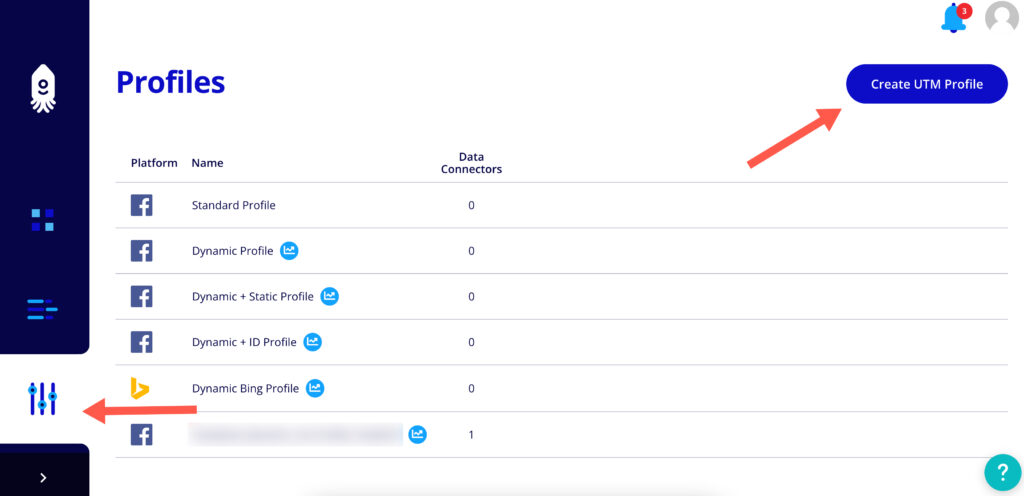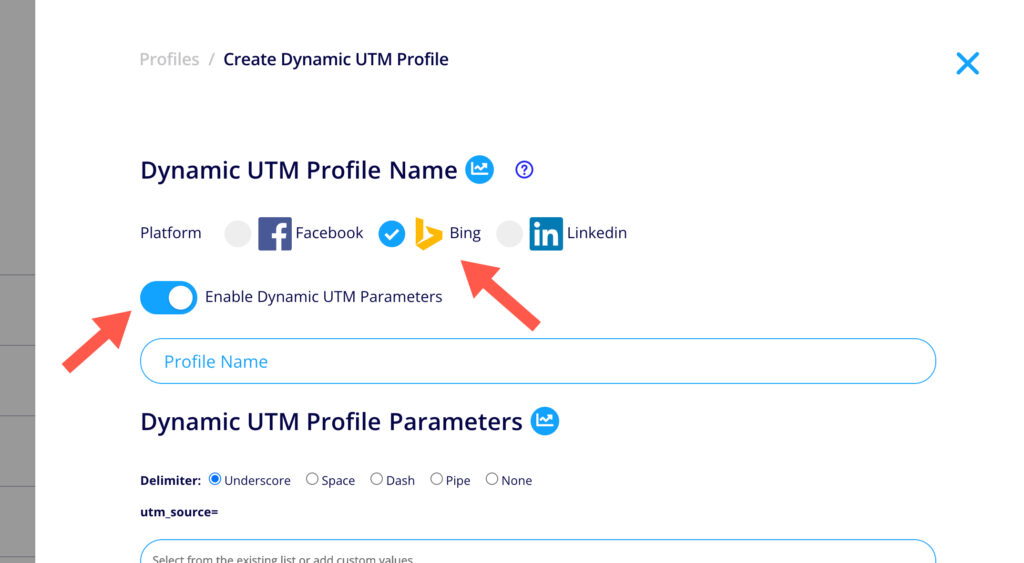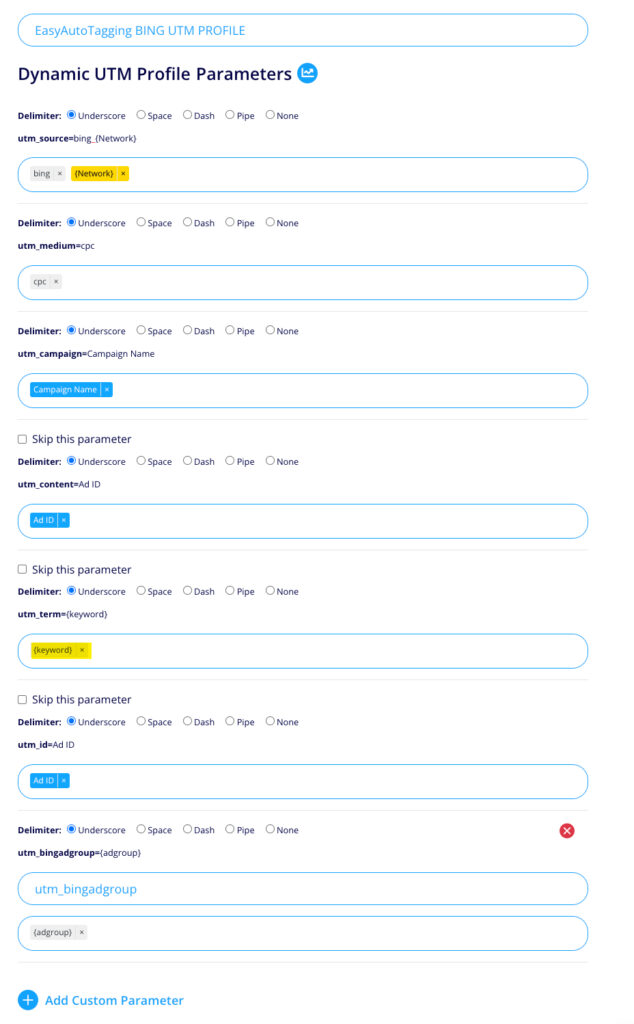Tracking Bing PPC in Google Analytics 4 – Easy Way
Unlock the power of seamless data analysis with our easy guide to Tracking Bing PPC in Google Analytics 4.
We'll show you a straightforward approach to integrate Microsoft (Bing) Ads campaigns into GA4, enabling you to effortlessly monitor and optimize your pay-per-click advertising performance. Discover the simple path to informed marketing decisions today!
Enhancing your campaign tracking in Google Analytics for Bing Ads goes beyond the basic UTM codes created using Google's Campaign URL Builder tool.
To truly elevate your tracking strategy, consider implementing dynamic URL parameters.
These dynamic parameters offer a richer source of information in Google Analytics, allowing for more comprehensive campaign analysis.
Moreover, you can streamline the process and save time by generating hardcoded values at the ad level. In this article, we'll explore how to leverage dynamic URL parameters to gain deeper insights into your campaign's performance and automate the creation of hardcoded values at the ad level.
Using the Final URL Suffix to Track Bing Ads in Google Analytics 4
Within Bing Ads, the final URL suffix feature empowers you to meticulously monitor your ad's effectiveness.
By appending a URL parameter field to your landing page URL, you gain the ability to incorporate essential variables like keywords, match types, and ad IDs.
One of the notable advantages of the final URL suffix is its flexibility, as you can apply it at multiple levels—be it at the account, campaign, ad group, ad, or keyword level.
Yet, to fully maximize its potential, it is recommended to harness Microsoft (Bing) Ads' dynamic URL parameters and establish the final URL parameters at the account level.
By following this approach, you establish uniformity, reduce the risk of user errors, and streamline the process of configuring campaigns and monitoring Microsoft PPC Ads within Google Analytics 4.
Microsoft (Bing) Ads Dynamic URL Parameters
Furthermore, Bing Ads provides a range of dynamic URL parameters that can be incorporated into the final URL suffix for tracking Bing Ads within Google Analytics 4.
These dynamic parameters enable automatic population of values based on user interactions, encompassing factors like the device utilized or the specific keyword, as these details can only be determined upon a user's click.
You can explore a comprehensive list of these dynamic parameters here. Notable dynamic parameters frequently utilized include:
Setting the Final URL Suffix on the Account Level
With these essential values in hand, let's craft a final URL parameter designed to offer in-depth insights for efficient Bing Ads tracking within Google Analytics 4.
To gauge performance at the ad group level within Google Analytics, it's imperative to incorporate an ad group parameter.
This can be accomplished by establishing a custom dimension within Google Analytics, allowing us to transmit a custom parameter value to a designated custom dimension.
You can find guidance on mapping custom parameters to custom dimensions using Google Tag Manager here.
Incorporating this URL parameter structure into the final URL suffix will facilitate granular-level tracking of Microsoft Ads in Google Analytics.
Building Your Bing Ads UTM Profile
Navigate to the profiles section on your dashboard and select 'Create UTM Profile'.

Next, choose Bing as your channel and activate Dynamic Profiles.
Why opt for Dynamic Profiles?
Enabling Dynamic UTM Profiles allows you to automatically generate values for your final URL suffix using either preset or customized dynamic values.
Consequently, when importing Bing Ads cost data into Google Analytics, it will align with these dynamic values.
This integration enables you to assess efficiency metrics with precise breakdowns based on dynamic values like {network} and {keyword}.
This, in turn, facilitates a detailed evaluation of Microsoft Ads' CPL and ROAS performance within Google Analytics, granting you a comprehensive view of your campaign's effectiveness.

Using the values from this table, let’s proceed to build our UTM Profile.

Here's a visual representation of how your completed UTM Profile should appear.

As a result, you can create a Bing Ads data connector that will automatically populate the final URL Suffix at the ad level whenever a new ad is generated within your Bing Ads account.
Summary
In summary, employing dynamic URL parameters and generating hardcoded values at the ad level while tracking Bing Ads in Google Analytics is imperative for achieving the precision and data detail needed to assess the effectiveness of your campaigns.
These techniques not only empower you to gain a comprehensive insight into your campaign's performance but also help identify areas that require enhancement, ultimately streamlining the tracking process and leading to significant time and effort savings.

